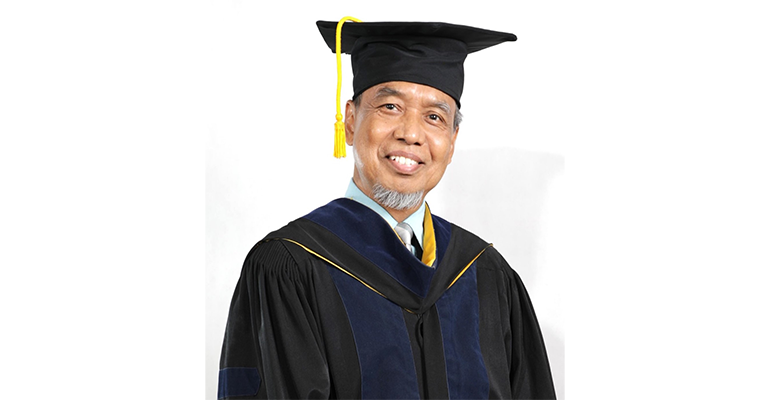Prof Moh Yani Develops Several Environmental Recovery Techniques for Environment Contaminated by Hazardous Waste

A professor in Environmental Engineering and Management at IPB University, Prof Moh Yani, has developed bioremediation techniques aimed to restoring environments contaminated by hazardous waste from mining, manufacturing, and agriculture. This was revealed during the Pre-Inaugural Scientific Oration Press Conference by the Professor of IPB University, held on Thursday (24/8) conducted virtually.
“Bioremediation techniques are among the methods used for the recovery of environments polluted by hazardous and toxic materials (B3 waste) through the utilization of microorganisms,” explained the lecturer from the Department of Agricultural Industrial Technology.
In his explanation, Prof Yani disclosed that the strategy for developing bioremediation techniques for B3 waste-polluted environments starts with isolating pollutant-degrading microorganisms, formulating and producing bio-oil spill dispersants (BIO-OSD), selecting phytoremediation plants, and developing bioremediation techniques from laboratory to pilot scale and finally to field application.
“The development of microbial isolates and consortia begins with exploring local microbial sources. Subsequently, the microorganisms’ capabilities are selected and tested to obtain isolates that perform well in degrading polyaromatic hydrocarbons (PAH) and pesticides for environmental management purposes,” Prof Yani explained.
Furthermore, he revealed that the bioremediation technique using the formulation and production of BIO-OSD is derived from a mixture of surfactant solutions: dietanolamide (DEA) and methyl ester sulfonate (MES) that synthesized from palm oil. The BIO-OSD formula has been researched and tested since 2014.
“The BIO-OSD prototype has been tested on seawater contaminated by crude oil. After applying BIO-OSD, the oil contaminants disappear from the surface and dissolve. Soon, the BIO-OSD product will be available in the domestic market,” he elaborated.
In addition, bioremediation techniques can also be employed using methods such as biopiles, landfarming, bioslurries, and phytoremediation. These various techniques are developed to enhance effectiveness and efficiency in managing polluted environments. The biopile technique has been tested from laboratory to field scale at one of the oil and gas mining companies.
Prof Yani added that another technique for environmental recovery is phytoremediation. This technique involves the selection of phytoremediation plants carried out to choose plant species that are tolerant to crude oil at high concentrations or total petroleum hydrocarbons (TPH). Some potential phytoremediation plants include the castor bean plant (jarak pagar/kepyar), tagetes, sorghum, vetiver and paspalum.
“The use of plants with the addition of BIO-OSD will accelerate the degradation of B3 waste pollutants or crude oil from contaminated soil. The development of phytoremediation bioremediation techniques has been carried out from laboratory to field scale, including in oil company areas, using vetiver and bahia grass (paspalum),” he added.
According to Prof Yani, each bioremediation technique has its own characteristics, advantages, and specific applications depending on the needs in addressing the pollution of B3 waste. (IAAS/DSR)



